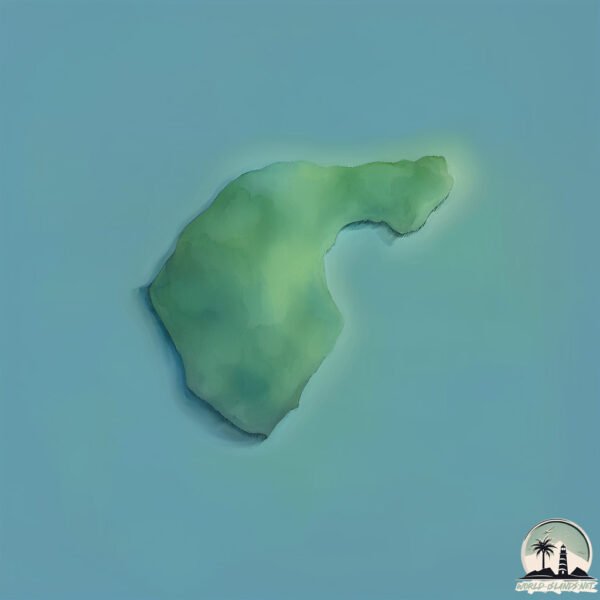Welcome to False Cay , a Tropical island in the Caribbean Sea, part of the majestic Atlantic Ocean. This guide offers a comprehensive overview of what makes False Cay unique – from its geography and climate to its population, infrastructure, and beyond. Dive into the details:
Geography and size of False Cay
Size: 0.256 km²Coastline: 2.4 kmOcean: Atlantic OceanSea: Caribbean SeaContinent: North America
False Cay is a Tiny Island spanning 0.256 km² with a coastline of 2.4 km.
Archipel: –
Tectonic Plate: North America – Covers North America and parts of the Atlantic and Arctic Oceans, characterized by diverse geological features and varying levels of seismic activity.
The geographic heart of the island is pinpointed at these coordinates:
Climate and weather of False Cay
Climate Zone: TropicalClimate Details: Tropical Monsoon ClimateTemperature: Hot
Climate Characteristics: Characterized by heavy rainfall, high humidity, and uniformly high temperatures, but with a distinct short dry season. It features a seasonal reversal of prevailing wind directions.
Topography and nature of False Cay
Timezone: UTC-06:00Timezone places: America/ChicagoMax. Elevation: -7 m Mean Elevation: -7 mVegetation: Evergreen Broadleaf ForestTree Coverage: 90%
The mean elevation is -7 m. Remarkably, this unique island barely emerges above the sea level, showcasing nature’s fascinating interplay with the ocean. The island is characterized by Plains: Flat, low-lying lands characterized by a maximum elevation of up to 200 meters. On islands, plains are typically coastal lowlands or central flat areas.
Dominating Vegetation: Evergreen Broadleaf Forest
Vegetation: 1 vegetation zones – Minimal Diversity Island
Infrastructure and Travelling to False Cay
Does the island have a public airport? no .
Does the island have a major port? no .
The mean population of False Cay is 21 per km². False Cay is Gently Populated. The island belongs to Belize .
Continuing your journey, Blackbird Cay is the next notable island, situated merely km away.
PCG: Maritime ops at Pag-asa Cay proves China’s claim is false | INQToday
The Philippines' Inter-Agency Maritime Operation at the Pag-asa Cays and their surrounding waters negates China's claim that it ...
PCG: Maritime ops at Pag-asa Cay proves China’s claim is false | INQToday
The Philippines' Inter-Agency Maritime Operation at the Pag-asa Cays ...
The Philippines' Inter-Agency Maritime Operation at the Pag-asa Cays and their surrounding waters negates China's claim that it ...
Placencia - Kayaking False Caye
Kayaking away from the Caye to explore more exposed coral.
Kayaking away from the Caye to explore more exposed coral.
Placencia - Kayaking False Caye
Kayaking from Maya Beach (from Villa Tipsy Gecko) to False Caye, about ...
Kayaking from Maya Beach (from Villa Tipsy Gecko) to False Caye, about 1 mile.
Belize is classified as Developing region: Regions characterized by lower income levels, with economies in the process of industrialization and modernization. The level of income is Lower middle income.
News – Latest Updates and Headlines from False Cay
Stay informed with the most recent news and important headlines from False Cay. Here’s a roundup of the latest developments.
Loading...
Please note: The data used here has been primarily extracted from satellite readings. Deviations from exact values may occur, particularly regarding the height of elevations and population density. Land area and coastline measurements refer to average values at mean high tide.

